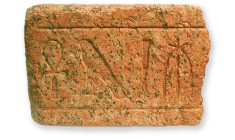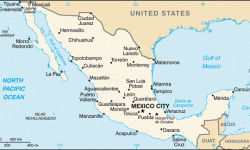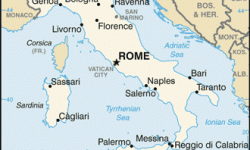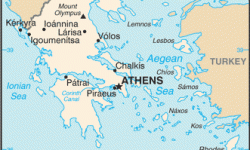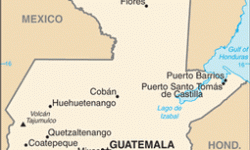Value and doubt: The persuasive power of ‘authenticity’ in the antiquities market
Yates, D. (2015) ‘Value and doubt: The persuasive power of “authenticity” in the antiquities market’, PARSE, 2, pp. 71–84.
This paper is available, open access, on the PARSE website: here.
In the antiquities market value is intimately tied to the concept of authenticity. While beauty, form, function, and rarity are important factors in determining the price an artefact will fetch on the market, none of these matter to most buyers unless the object is “real”. If an antiquity is not ancient, it loses its meaning to buyers: it is valueless. Research into the global antiquities market has revealed extensive market deception regarding the legality of much of the artefacts that are bought and sold. Criminal activity of various kinds exists at all stages and at all levels of the trade. Although it would seem that engaging in a potentially illegal market with very real punitive consequences should be of primary concern to buyers and dealers, in antiquities sales the specific legality of an object is rarely presented directly or openly discussed. In contrast, scientific testing and certificates of authenticity are featured prominently on dealer websites and storefronts. Provenance research may have the side benefit of potentially proving that an antiquity is not illegal, but its primary purpose is to establish an impeccable chain of connoisseurship and thus authenticity.
In this paper I will discuss how the increase in monetary value associated with proof of artefact authenticity has been used to discourage the illicit trade in looted cultural property and prosecute offenders. This can be seen in two phenomena, which display the persuasive power of the concept of authenticity on the antiquities market. The first is the frequency in which antiquities traffickers and other intermediaries photograph looted artefacts in the ground or in transit. Although creating a physical record of their crimes might seem counterintuitive, this photographic proof of the authenticity of a piece increases its value to collectors and thus the monetary gain for the traffickers. The second phenomenon are attempts made by certain source countries to disrupt the market for illicit antiquities by publicly questioning the authenticity of objects for sale at auction. This emerging strategy, usually undertaken in response to a failed bid to halt an antiquities auction in the US or Europe, involves an official declaration that a number of antiquities for sale are, according to experts, fakes. The alleged fakes are not specifically identified, casting doubt on all the pieces for sale and potentially reducing the antiquities’ value in the minds of potential buyers. Through these examples I will offer a general overview of how authenticity-based value is created in the antiquities market as well as how it is subverted.
